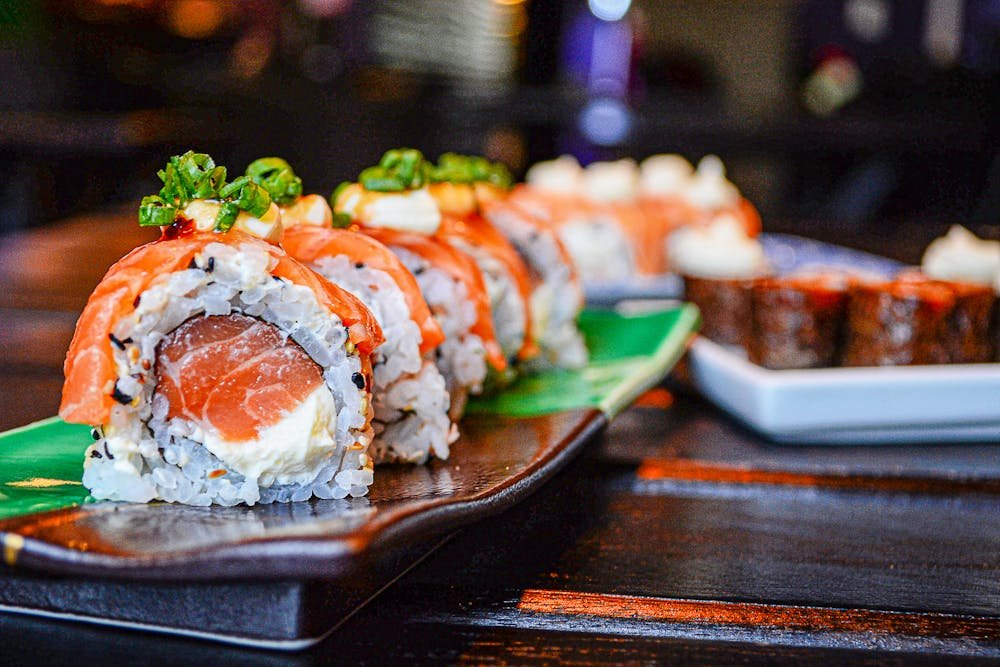So, you’re thinking about heading to Japan—or maybe you’re just daydreaming about it over your morning coffee.
Well, either way, let’s talk about food.
Because honestly, if there’s one thing Japan absolutely nails, it’s eating.
Like, wow. From tiny alleyway stalls to fancy multi-course feasts, Japanese cuisine is a total yummy adventure.
And the best part is that it’s not just about sushi (though, don’t get us wrong—sushi in Japan is life-changing).
There’s so much more to try out, and we are here to walk you through the top 10 must-try foods that’ll make you to have a new interest in food.
So, without any further explanations, grab your imaginary chopsticks, and let’s dig in!
Top 10 Foods to Try in Japan
Sushi – Japan’s Most Iconic Dish
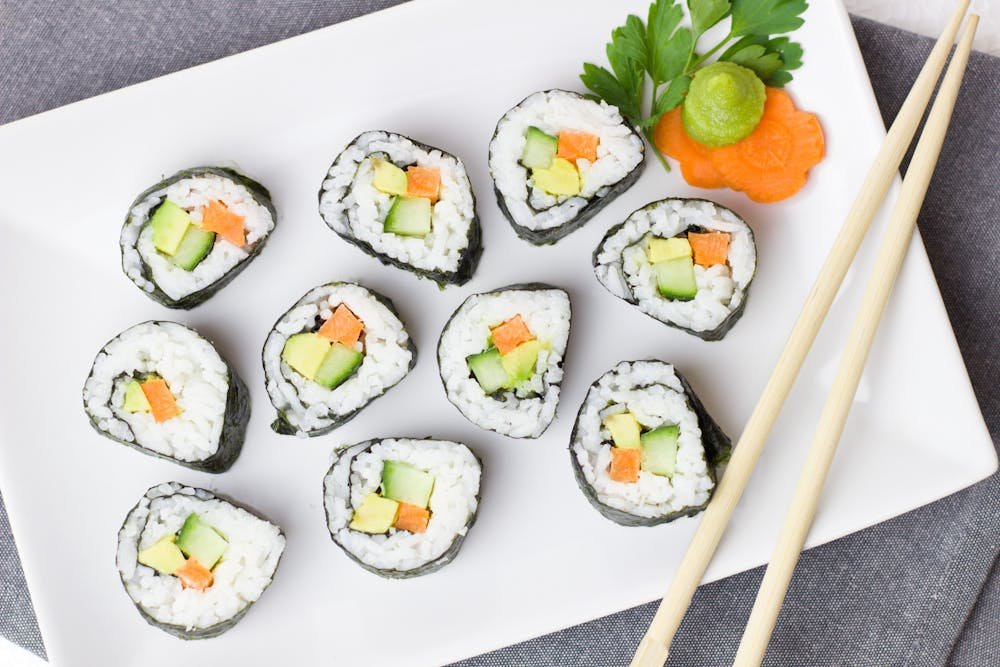

Okay, let’s start with the big one: sushi.
You’ve probably had it back home, but trust us—sushi in Japan is on a whole other level.
Speaking of which, it’s not just raw fish slapped on rice.
In fact, it’s art. It’s precision. And it’s perfectly seasoned rice, and a chef who’s trained for decades to get every detail right.
Therefore, whether you’re sitting at a high-end sushi counter in Tokyo or grabbing a quick bento from a department store, the quality is the same.
And don’t worry—you don’t need to drop a fortune to try this.
As a matter of fact, conveyor belt sushi (kaiten-zushi) is quite affordable, fun, and surprisingly delicious.
To be honest, even the “basic” tuna roll back home will never taste the same after you’ve tried the real deal in Japan.
Ramen – Japan’s Comfort Food
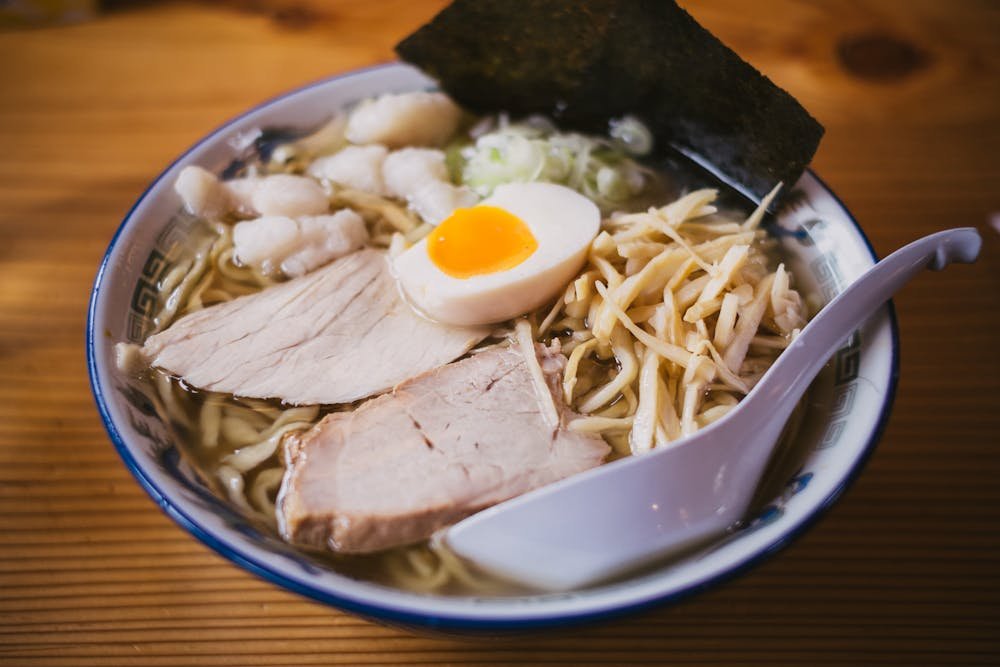

If sushi is Japan’s elegant meal, ramen is its cosy, late-night best friend.
Picture this: steaming bowl, rich broth (tonkotsu, shoyu, miso—you name it), springy noodles, tender chashu pork, a soft-boiled egg, maybe some nori and scallions, all in one bowl. Sounds yummy, right?
And here’s the thing—every region has its own style.
Whereas in Sapporo, up north, they go heavy on miso and butter.
Down in Fukuoka, it’s all about that creamy pork bone broth.
Plus, ramen shops are everywhere—from tiny standing-only joints to Michelin-starred spots.
For that reason, it’s the perfect meal after a long day of walking or when you just need a warm hug in bowl form.
Note: Honestly, you could eat ramen every day and never get bored.
Tempura – Deep-Fried Perfection
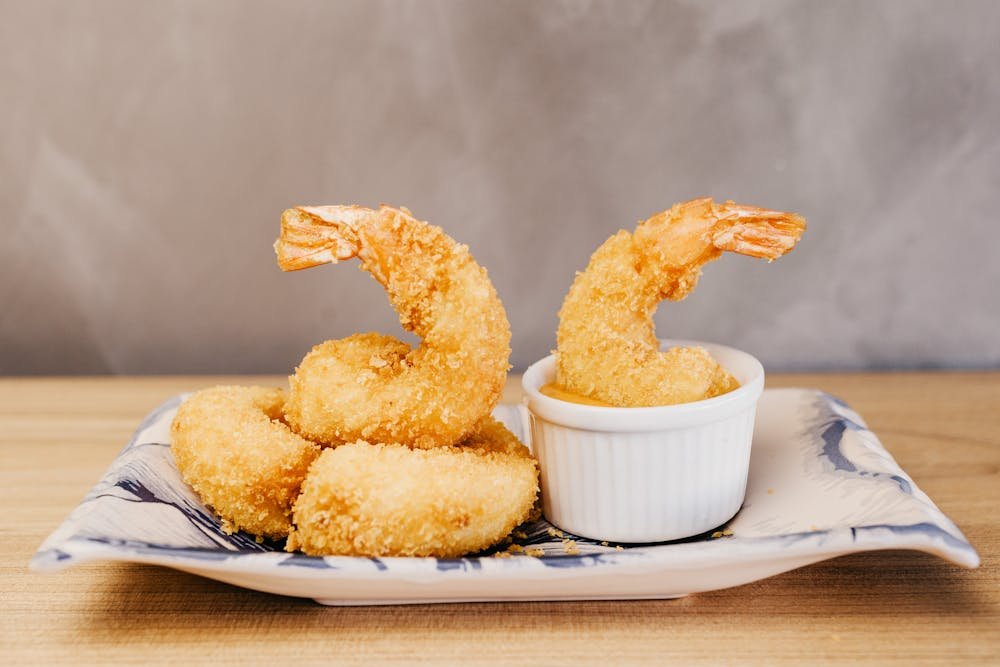

Now, we know what you’re thinking: “Fried food? In Japan?”
Trust us, tempura is nothing like your average deep-fried dishes.
That is because it’s light, crispy, and barely greasy—thanks to their batter and super-hot oil.
As for ingredients, you can find shrimp, sweet potato, eggplant, shiso leaves… and many more, as they’ll tempura-fry it.
Anyway, the secret is that the ice-cold batter and lightning-fast frying that Japanese chefs use.
Moreover, it’s usually served with a light dipping sauce (tentsuyu) and grated daikon radish to cut through the piece.
In fact, tempura can be a full meal (tempura set with rice and miso soup) or part of a fancier course.
Either way, it’s crunchy, clean, and totally satisfying—without that heavy, oily feeling.
To be honest, it’s the kind of fried food that makes you feel good about life.
Okonomiyaki – Japanese Savoury Pancake
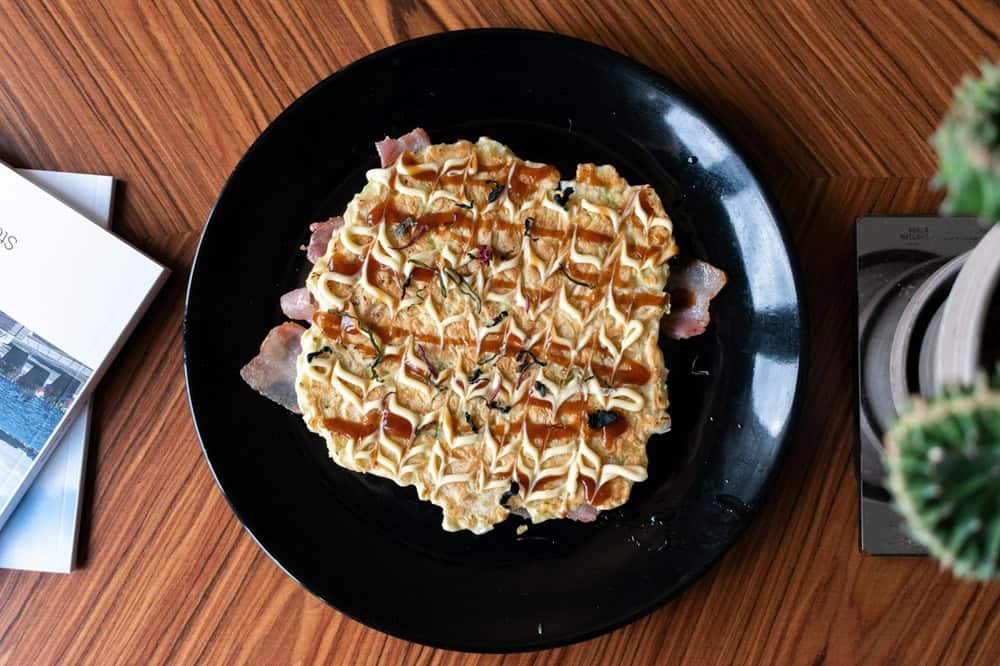

Imagine a savoury pancake with cabbage, meat or seafood, and topped with mayo, savoury sauce, bonito flakes, and seaweed powder.
Well, that’s okonomiyaki!
The name literally means “grilled as you like it,” and in some places, you can even cook it yourself on a hot griddle right at your table.
In fact, it’s especially popular in Osaka and Hiroshima—though the two cities do it very differently.
Whereas Osaka-style mixes everything into a batter, while Hiroshima-style layers it like a savoury lasagna (with noodles!).
Trust us, it’s a fun and deeply comforting experience even though it’s all about food.
Furthermore, it’s one of those dishes that feels like a party in your mouth—especially when those bonito flakes start dancing from the heat.
So yeah, it’s as cool as it sounds.
Takoyaki – Octopus Balls from Osaka
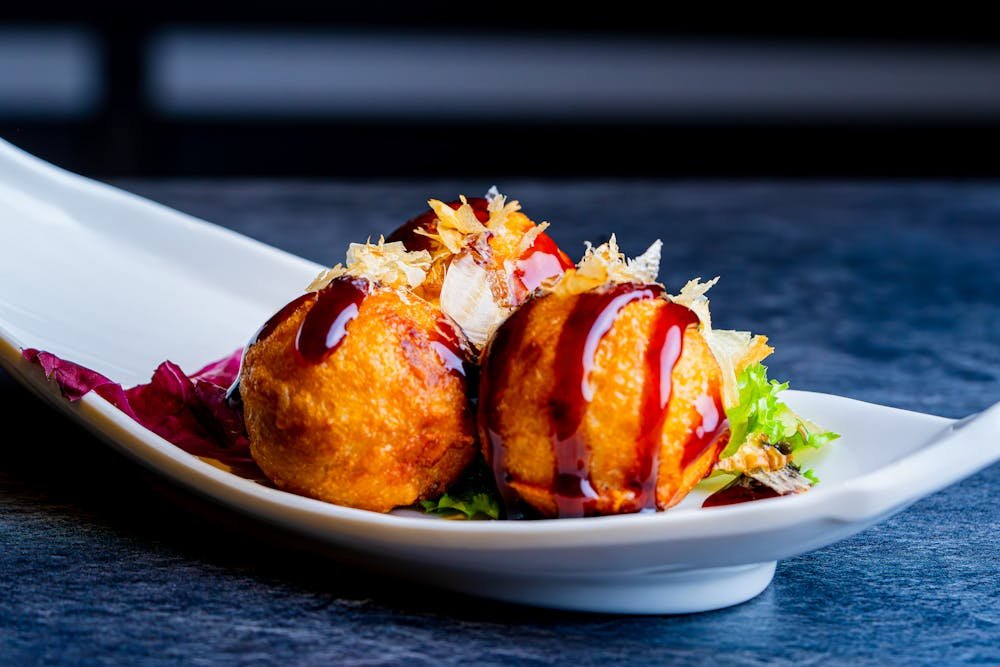

Speaking of Osaka, this city really knows how to come up with snacks!
As in takoyaki are little round balls made from a wheat-included batter, filled with diced octopus, tempura scraps, green onion, and pickled ginger.
They’re cooked in special moulded pans so they come out perfectly spherical, then brushed with sweet-savoury sauce, mayo, bonito flakes, and seaweed.
Once those are out of the pan, you can see that those are hot, gooey, slightly chewy, and totally addictive.
In fact, street vendors sell them everywhere in Osaka, often for just a few bucks for a pack of six or eight.
Note: Don’t be shy about the octopus—it’s tender, not rubbery, and adds this lovely briny flavour.
Honestly, we believe that takoyaki might just become your new favourite street food once you get to taste it.
Kaiseki – Traditional Multi-Course Meal
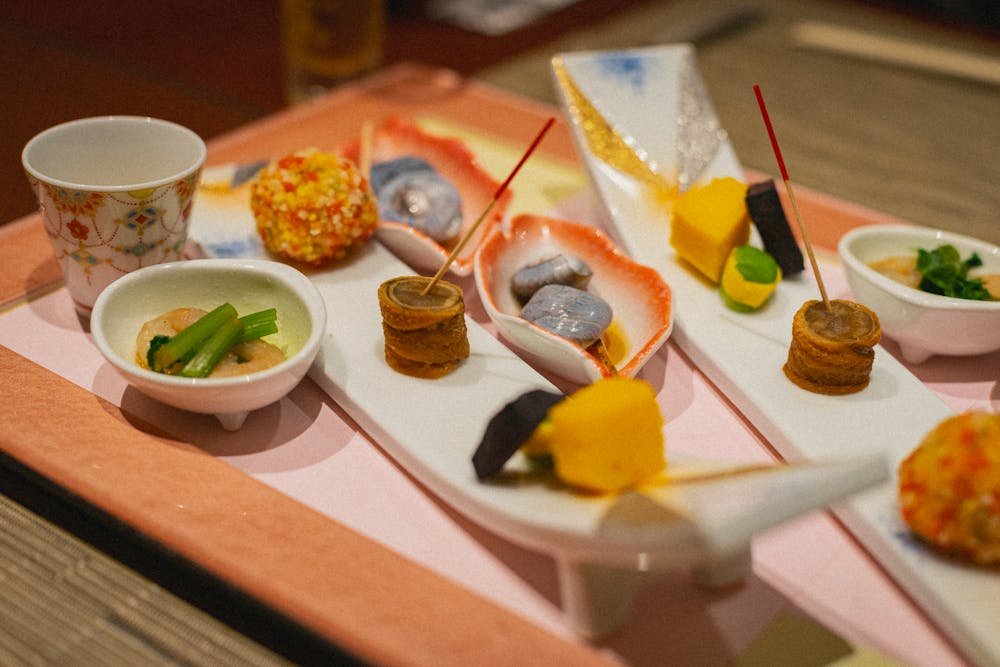

Ready to level up?
If so, try the kaiseki traditional multi-course meal, which is the pinnacle of Japanese fine dining.
Trust us, this isn’t just dinner; it’s a seasonal, artistic, multi-course experience that highlights nature, balance, and centuries of culinary tradition.
Whereas you can think of tiny, beautiful dishes that change with the moon and the harvest: maybe a delicate sashimi plate, a simmered vegetable in dashi, grilled fish with yuzu, and a clear soup with a single flower floating in it.
Trust us, every bite is intentional.
That is because every plate has something unique with a painting on it. And it’s expensive, sure—but if you ever get the chance, do it.
For that reason, it’s less about filling your stomach and more about slowing down, appreciating the moment, and tasting the soul of Japan.
Plus, many ryokans (traditional inns) include kaiseki as part of their stay—so it’s a two-for-one cultural experience!
Udon & Soba – Japanese Noodles with Tradition
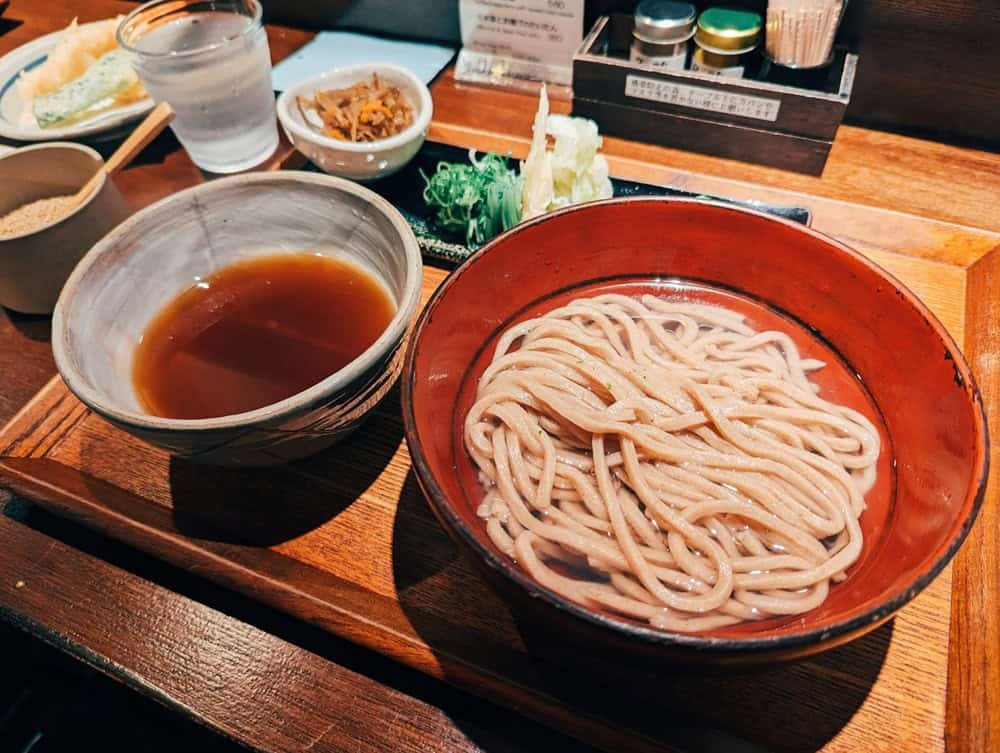

Japan loves its noodles, and udon and soba are the OGs of it.
In detail, udon are thick, chewy wheat noodles usually served in a mild, soy-based broth.
What’s special is that during the winter season, this dish will be served as a hot meal, while the same dish will be served as a chilled meal with dipping sauce in summer.
Soba, on the other hand, are thin buckwheat noodles with a nutty flavour and earthy aroma.
They’re often eaten cold with a dipping sauce (zaru soba) or in a warm broth.
Trust us, both are simple and deeply satisfying.
Moreover, these dishes have been around for centuries and are tied to rituals—like eating toshikoshi soba on New Year’s Eve for good luck.
Plus, you’ll find these everywhere: from train station stands to quiet countryside shops. And honestly? A bowl of hot udon on a rainy day in Kyoto might just be the perfect thing ever.
Yakitori – Grilled Chicken Skewers
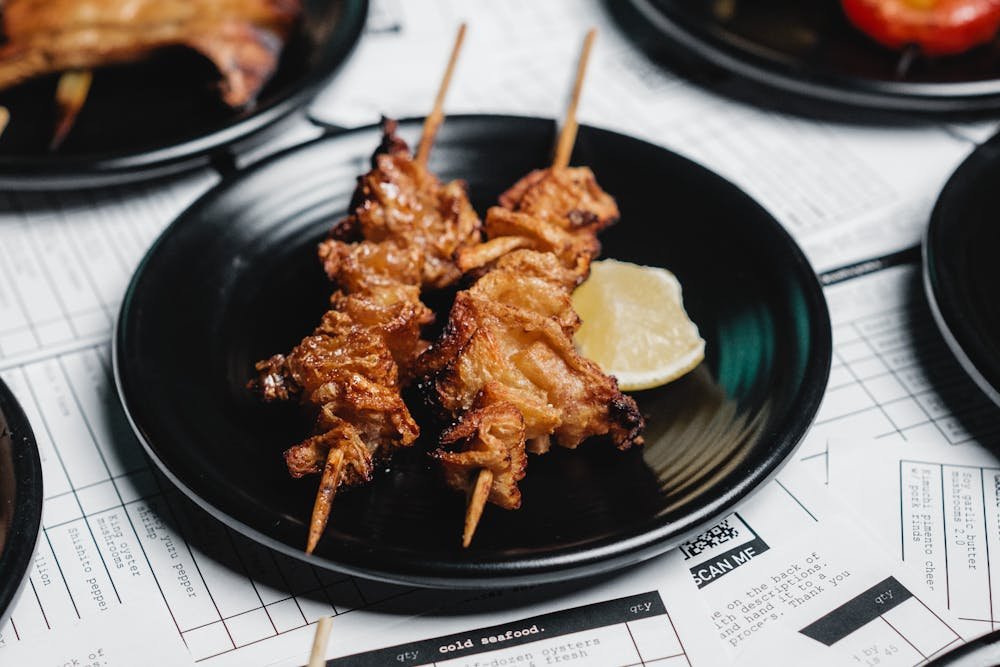

Let’s talk about yakitori—because who knew chicken could be this exciting, right?
Well, these are bite-sized pieces of chicken skewered and grilled over charcoal.
Anyway, the magic is in the tare sauce—a sweet-savoury glaze made from soy, mirin, sake, and sugar—or just a sprinkle of salt.
In fact, you’ll find yakitori stalls (yatai) or izakayas (Japanese pubs) serving them up with cold beer or highballs.
In other words, this bite is perfect for sharing with your fellow mates while watching a game or having some fun time.
To be honest, even if you’re squeamish about “weird” cuts, give it a try, as many parts are surprisingly tender and flavorful.
Plus, there’s something deeply comforting about the smoky aroma and the sound of sizzling meat when you eat.
Donburi – Rice Bowls with a Twist
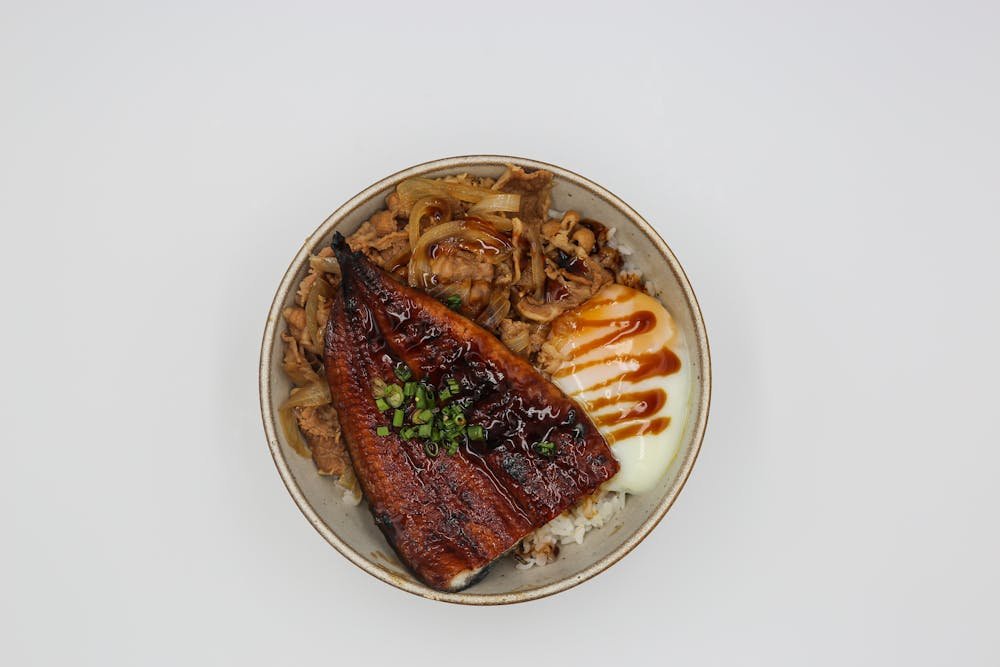

Donburi—also known as “don”—is Japan’s comfort food on a budget.
To get an idea, it’s basically a big bowl of rice topped with something delicious: simmered beef and onions (gyudon), breaded pork cutlet (katsudon), tempura (tendon), or raw fish (unadon for eel, or chirashidon for mixed sashimi).
Anyway, what’s great is how simple yet yummy this dish is, and you can try something simple like oyakodon (chicken and egg). Or if you’re planning to try something rich, Katsudon is perfect, with its crispy panko crust soaked in sweet broth.
For that reason, donburi is the perfect “I don’t know what I want but I’m hungry” meal. And honestly, it always hits the spot.
Japanese Desserts – Sweet Endings
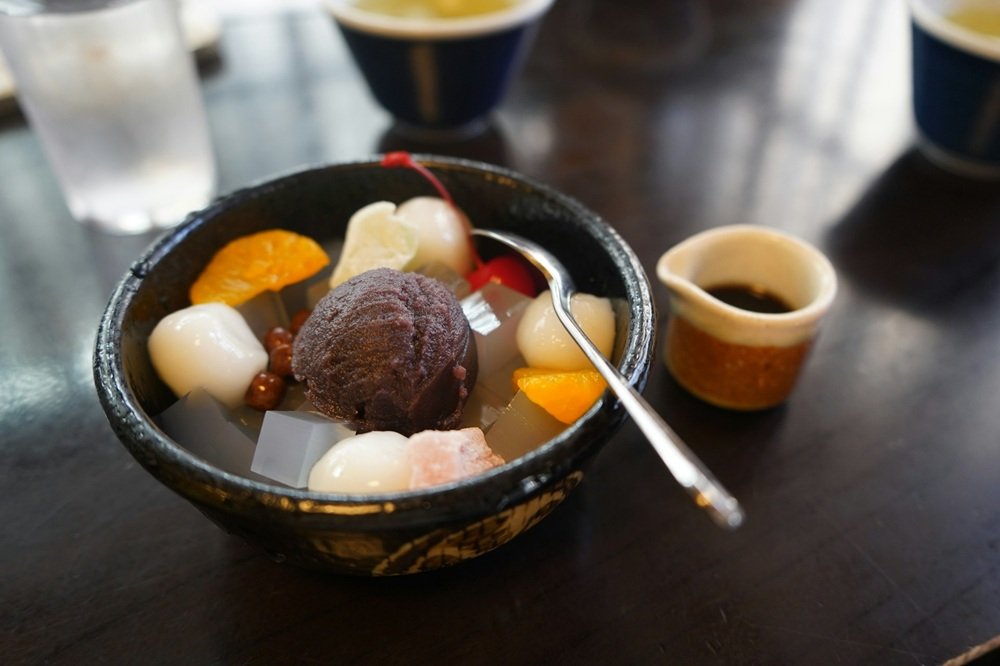

Alright, let’s not forget dessert, after all, this is what we are looking for after a meal, right?
Well, Japanese sweets (wagashi) are often less sugary and more about texture and design.
Whereas you can think of mochi (chewy rice cakes), dorayaki (red bean pancakes), or matcha-flavoured everything.
Then there’s soft-serve ice cream in wild flavours like black sesame, hojicha (roasted green tea), or sakura (cherry blossom).
And don’t skip melon pan (sweet bread that looks like a melon) or taiyaki (fish-shaped cakes filled with red bean or custard).
Conversely, if you’re more into Western-style treats, Japan does those amazingly too—like fluffy Japanese cheesecake or cream puffs from Beard Papa’s.
With all that in mind, remember that whether you’re into sweet wagashi with tea or a giant swirl of matcha, Japan’s dessert part is perfect and does not end.
Where to Find Authentic Japanese Food
So, where do you actually find all this amazing food?
Honestly, it’s everywhere—but here’s the trick: don’t just stick to tourist spots.
In fact, walk around side streets. Peek into tiny shops with plastic food displays out front.
Moreover, follow the locals and don’t forget to check out the department store food halls, which are goldmines for high-quality takeout and samples.
Conversely, train stations often have regional specialities that are perfect for trying local flavours on the go.
Plus, there’s something called izakayas, which are absolute must-visits for casual, authentic dishes.
In case, if you’re nervous about language, many places have picture menus or ticket machines where you can order before sitting down.
On the other hand, street food is big in places like Osaka (Dotonbori), for trying out something that is only unique in Japan.
In addition to that, don’t be afraid to ask for recommendations.
The reason for that is Japanese folks are often shy but proud of their local cuisine and happy to point you to their favourite spot.
Conclusion
Look, the types of food that Japan has go over the limit, thoughtful, and perfectly exciting.
Therefore, whether you’re trying ramen at 2 a.m., walking to a ryokan to try out the traditional meal course, or popping hot takoyaki into your mouth on a busy Osaka street, every bite tells a story.
And the best part is that you don’t need to be a food expert to enjoy it.
As in just show up hungry, stay curious, and be open to trying out new things.
To be honest, some of the many favourite food memories in Japan come from the tiniest and most unexpected places.
So go ahead—eat like you mean it. So in return, your stomach (and soul) will thank you.
Contact Travelco to book Japan tour packages from Sri Lanka.
FAQs
Sushi and ramen are the big ones, as those are widely loved and available everywhere, from fancy spots to convenience stores.
Tokyo’s a food paradise! So, make sure to visit Tsukiji or Toyosu Market for fresh sushi and ramen.
Absolutely! Japan has strict food safety standards. Whereas street food at festivals or busy markets is generally quite fresh.
It can be tricky (since dashi broth often contains fish), but look for yasai itame (stir-fried veggies), inari sushi (tofu pockets stuffed with rice), tempura veggies, or soba/udon with veggie toppings.
Matcha soft-serve, mochi (especially daifuku with strawberry), dorayaki, taiyaki, and melon pan are all must-try ones. Moreover, for something fancy, try wagashi with green tea at a traditional tea house.


Editorial Staff at Travelco are experts in Global Tourism.

